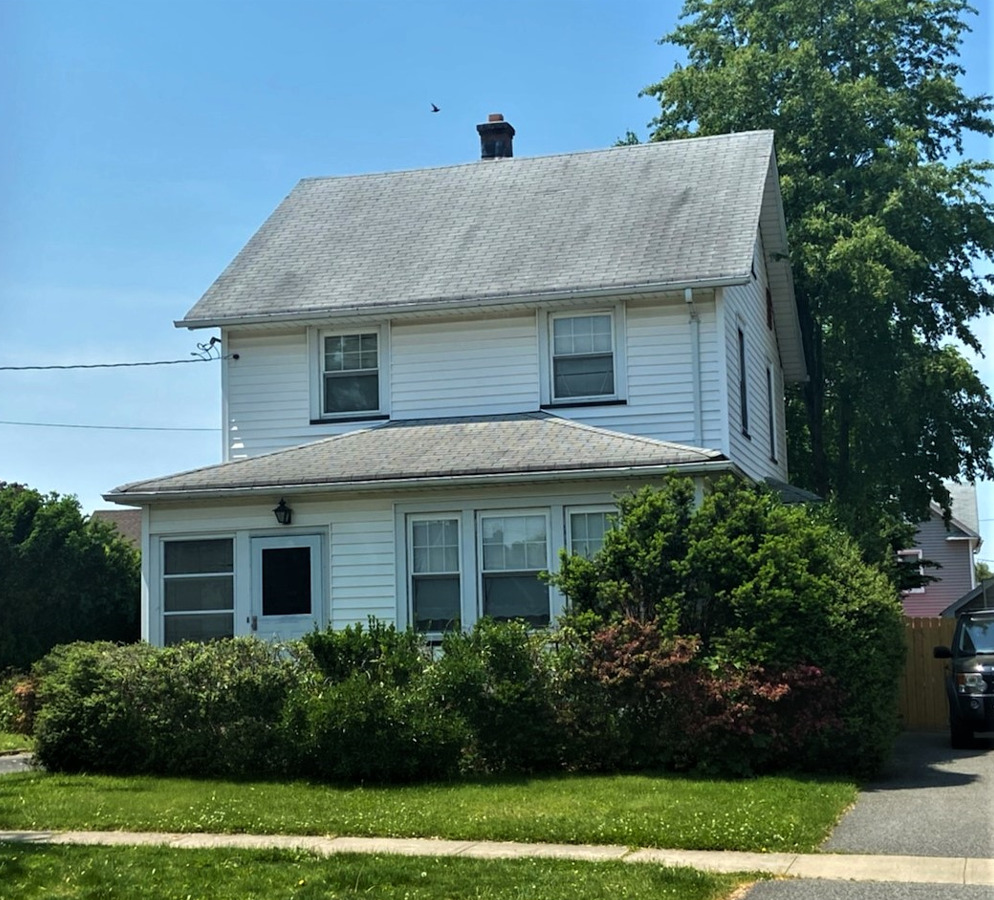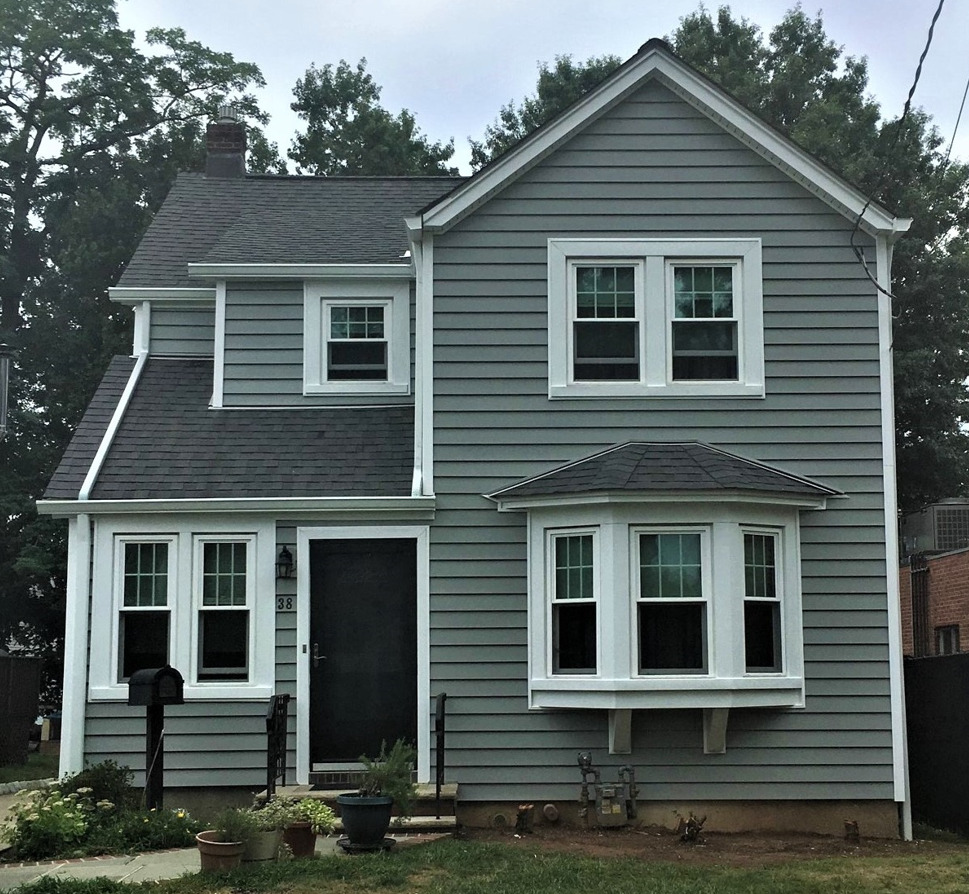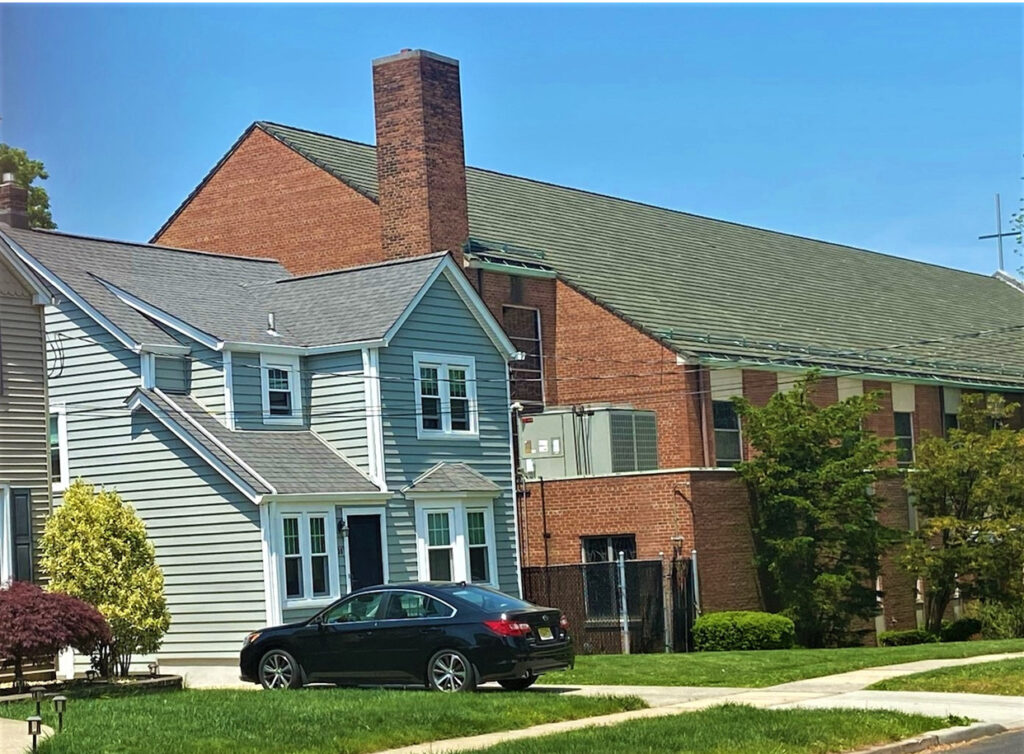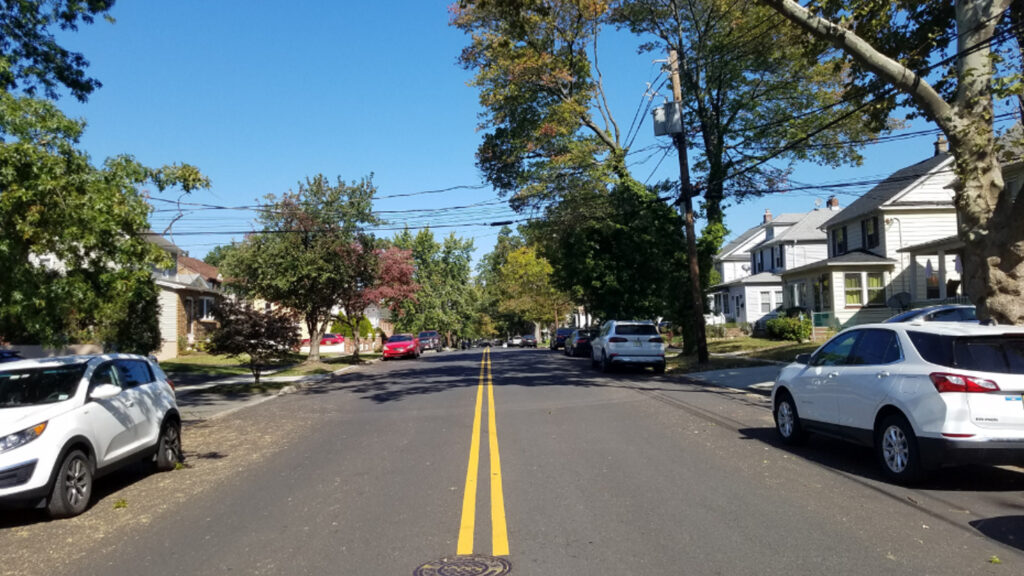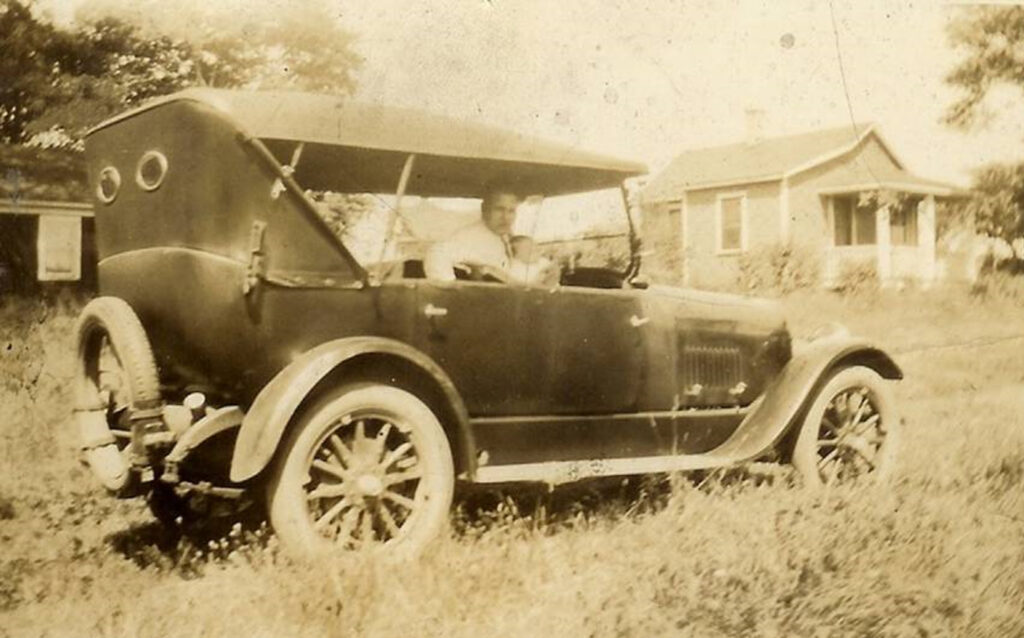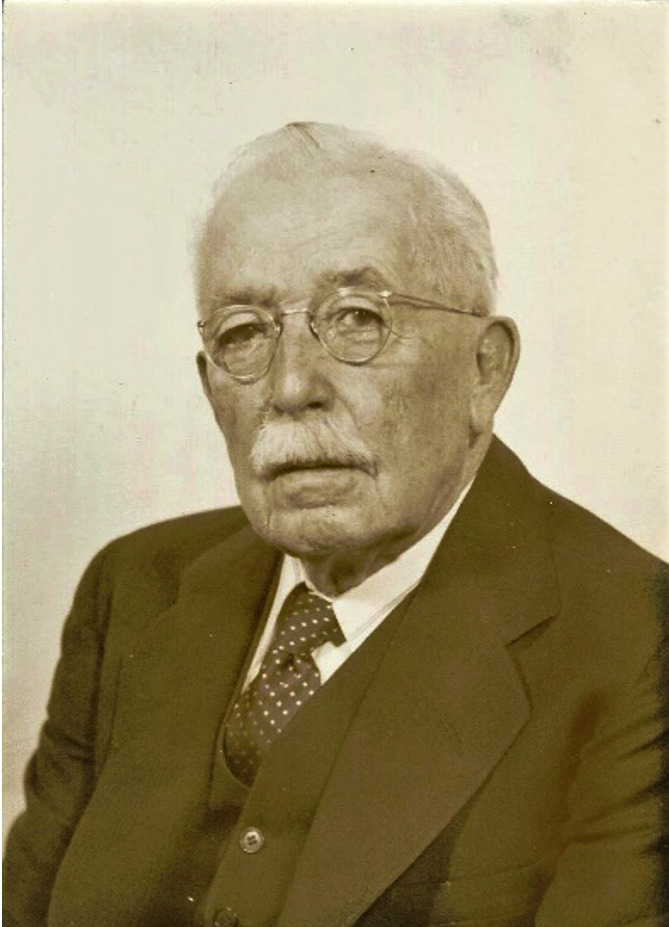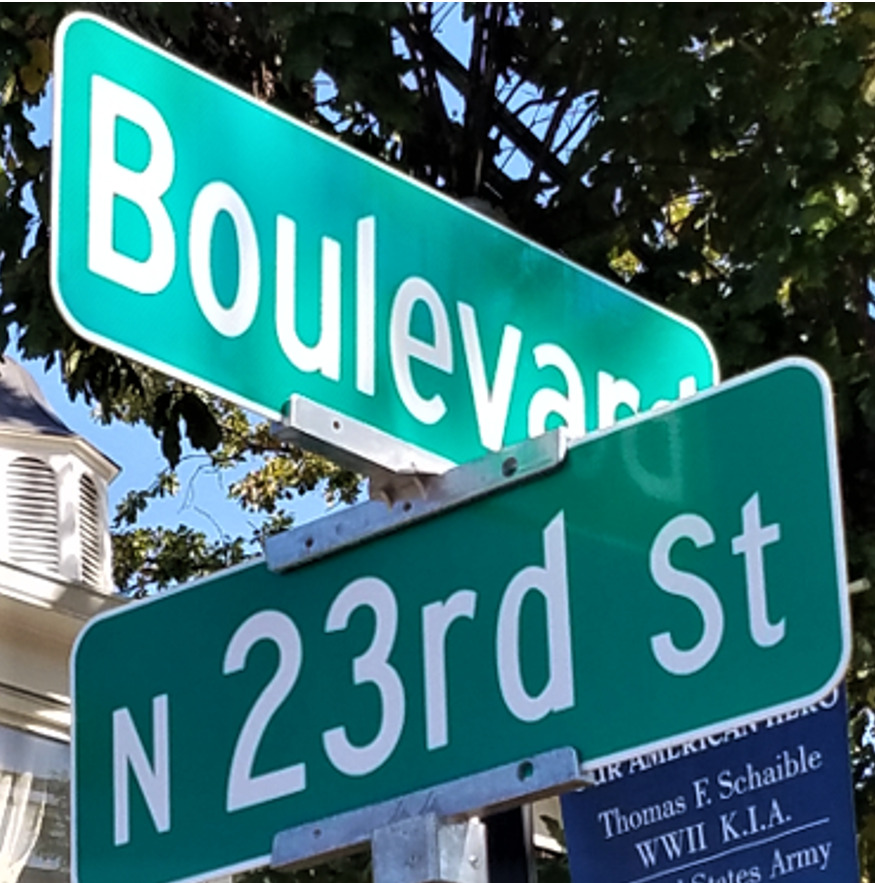
North 23rd St. – Almost Had Four Names
North 23rd St. is a residential street like none other in Kenilworth. When the future town of Kenilworth was laid out in the 1890s and known as New Orange, there were many streets numbered in sequence, with exceptions. There were N. 21st, N. 22nd, and N. 24th streets – but N. 23rd St. was not on the map! Why was it missing?
Travel up N. 23rd St. today from the Boulevard toward Washington Ave. and you will realize that it is a wide street – the widest residential street in town! Hmm. Why is this so?
The 1890s plan to develop Kenilworth had residential streets with 50-foot-wide rights-of-ways of which 30 feet was reserved for traffic and 10 feet on each side for sidewalks and tree plantings. But N. 23rd St. has an 80-foot right-of-way. Why is it so much wider?
The founders of New Orange labelled what is today N. 23rd St. as Commerce St. It was not a numbered street. Each side was to be lined with businesses. Hence, it was named “Commerce” Street. It was extra wide to accommodate a trolley running down its center from the Boulevard to Washington Ave. and then turn left and travel along Washington Ave. to the west end of town. It also was extra wide to accommodate swarms of shoppers, riders on horseback, and to handle horse-drawn wagons and carriages to frequent the merchants.
The 23rd St. trolley and businesses never materialized. Along came John Hiller, Jr. (1860-1956); mayor during 1914 and 1915. A craftsman by trade, he built many homes, mainly from N. 21st to N. 23rd streets between the Boulevard and Washington Ave. When he started construction on N. 23rd St. in the fall of 1924 it still was known as Commerce St. By 1925, it was renamed Home Ave. as it was evolving into a street of homes, not of commerce.
The name Home Ave. was short lived. In July 1927, the mayor and council gave it a third name – N. 23rd St. In 1940 Hiller wanted a fourth name for N. 23rd St. Alas, the mayor and council took no action so it has remained N. 23rd St. At that time, like many local streets, it was not paved.
The homes were set on 40-foot-wide lots – a big change from many earlier homes built here on narrower lots. Hiller’s houses were priced at $7,000-$7,500 in the 1920s. The colonial homes were in two styles. Although some have undergone major renovations, a discerning eye will pick out the two styles. In 2020 one of those homes sold for $409,000.
Over the years, prominent individuals have lived on this one block of N. 23rd St. Some include: Philip J. McGevna, borough clerk; Joseph Morick, borough council president; Adolph Paterson, businessman; Kathi Fiamingo, future mayor; Isadore “Dory” Himpele, tax collector and local and regional school board member; and the old-time Furze and Scheidegger families.
In the 1960s, the Hiller-built houses at 40 and 42 N. 23rd St. were taken to make way for construction of a new St. Theresa’s Church. House #40 was moved to 507 Washington Ave. and served as a funeral director’s home. House #42 was demolished. No matter its name, Commerce St., Home Ave., or N. 23rd St., this street surely has a unique history.
Research provided by Walter E. Boright, Ed. D., historian, and Historic Signs, Inc. Persons with inquiries about this or other aspects of Kenilworth history may contact Dr. Boright at drbori@aol.com or 908-256-5200.
